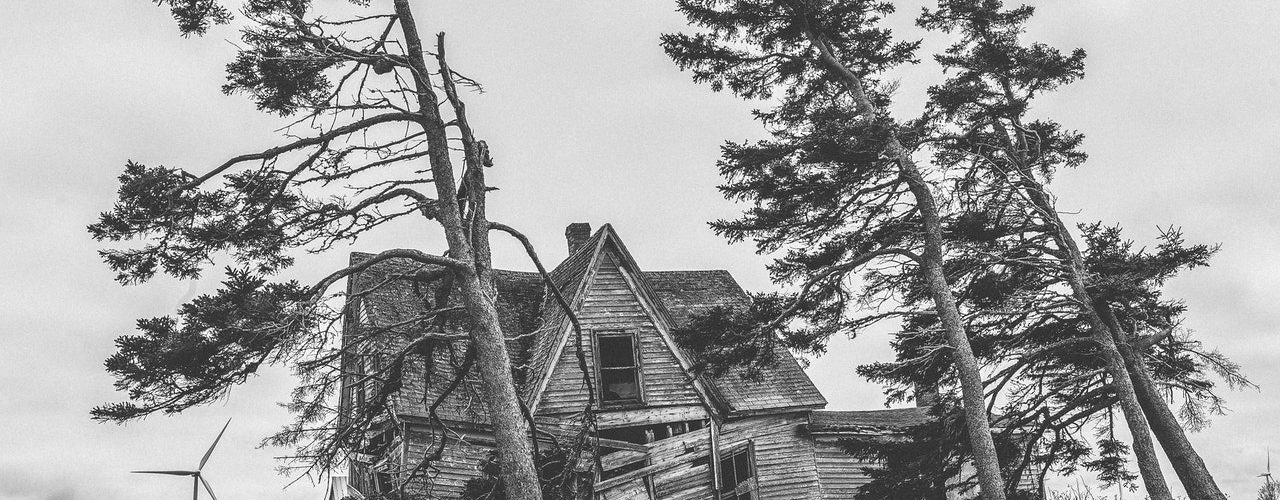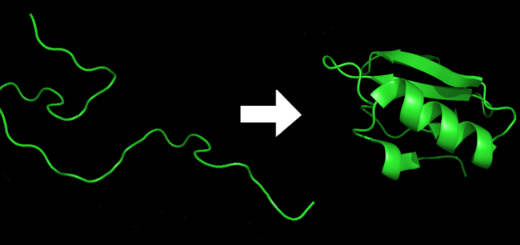Biomimicry – the way forward for infrastructure

Human beings have always looked toward nature for inspiration; such as: using the shape of bird wings to envision the first aeronautical wings; developing Velcro by observing the burrs that certain plants used to ensure their seeds got stuck to animals for transportation; gecko feet inspiring new adhesives[1]; noticing that the tubercles (the large ridges) on humpback whales allow them to move faster than you’d expect[2], or even famously observing the theory of gravity from an apple falling from a tree.
While the “tubercle effect” was first observed on humpback whales over two decades ago the inspiration it has provided is still important in modern infrastructure – currently being developed into more efficient blades for wind power generation. However, this isn’t the only wind-power innovation we’re stealing from nature. To allow the installation of wind turbines in soil that isn’t currently feasible, studies are being done into the only object in nature of a similar geometry – trees!
Root systems manage to bear the force of wind, earthquakes, and the weight of the tree itself without failure[3] and so these natural root geometries are being proposed as a potential replacement for the traditional raft, pile, and pile-raft foundations currently in use[4]. Maple seeds are also having an influence on the design of wind turbine blades[5] having evolved to create a rotational velocity just from falling.
It isn’t only separate devices that we look toward nature for. It has long been observed that organisms like slime mold (Physarum polycephalum) are inordinately efficient at directing their growth towards nutrition. There have been many cases of slime mold growth being used to plan or validate traffic infrastructure[6] by recreating a ‘map’ of locations and placing nutrition at important stations or junctions. However, it isn’t only physical systems that are benefitting from the hard work of slime mold with web architectures also taking heed from monocellular colonies[7], data-packet routing specifically being honed[8]. Similar work is also being done using algorithms derived from leaf venation[9] and ant colony construction.
These are just some examples of the biomimicry that is being explored in modern science and engineering. New communication systems to replace Bluetooth based on ultrasonic grasshopper cries, novel hydrophobic materials based on lotus leaves, all manner of robotic kinematics, the list goes on! The scientific community still has a lot to learn from the products of evolution.
Edited by Liam Butler
Copy-edited by Claire Thomson
[1] https://www.sciencedirect.com/science/article/pii/S2352573821000202
[2] https://www.museumofdesign.org/biomimicry-lesson-2
[3] https://www.proquest.com/openview/13f36bb01ff985c516e7ad41f3263fad/1?pq-origsite=gscholar&cbl=18750&diss=y
[4] https://ascelibrary.org/doi/full/10.1061/%28ASCE%29GM.1943-5622.0002289?casa_token=BOFXaxPzPXwAAAAA%3ASAVXERQkWVqW1O8ngmmA7RXmfpcxG-mhD9joUtP_dY_Ei5Rt9m6jE2KGKMpVec0mYJ_dQYWAmg
[5] https://arc.aiaa.org/doi/abs/10.2514/6.2015-1304
[6] https://www.livescience.com/8035-slime-mold-beats-humans-perfecting-traffic-networks.html
[7] https://shodhganga.inflibnet.ac.in/handle/10603/224799
[8] https://ieeexplore.ieee.org/abstract/document/9552175
[9] https://smartech.gatech.edu/handle/1853/64137







